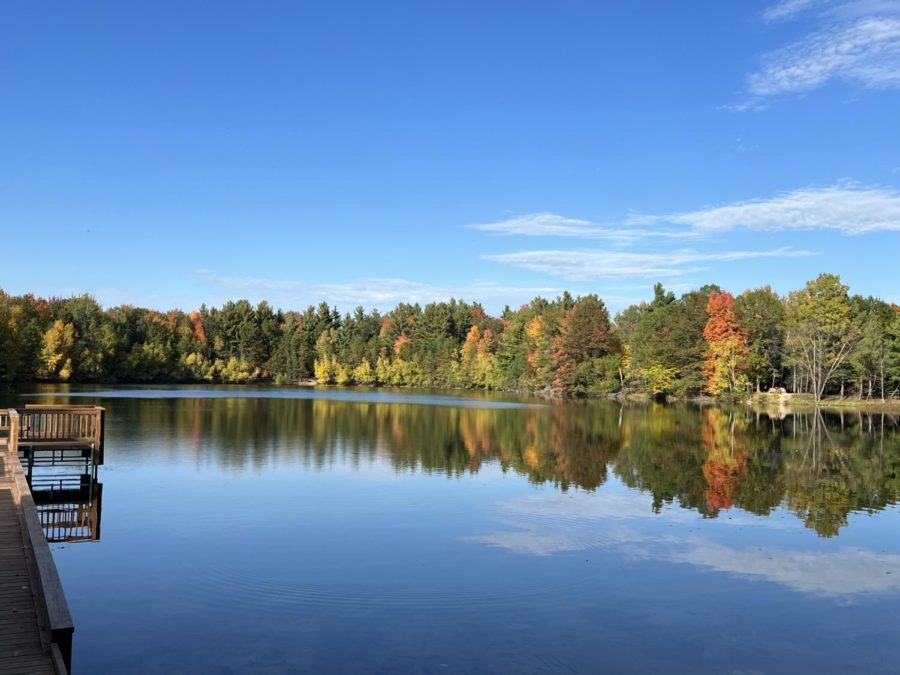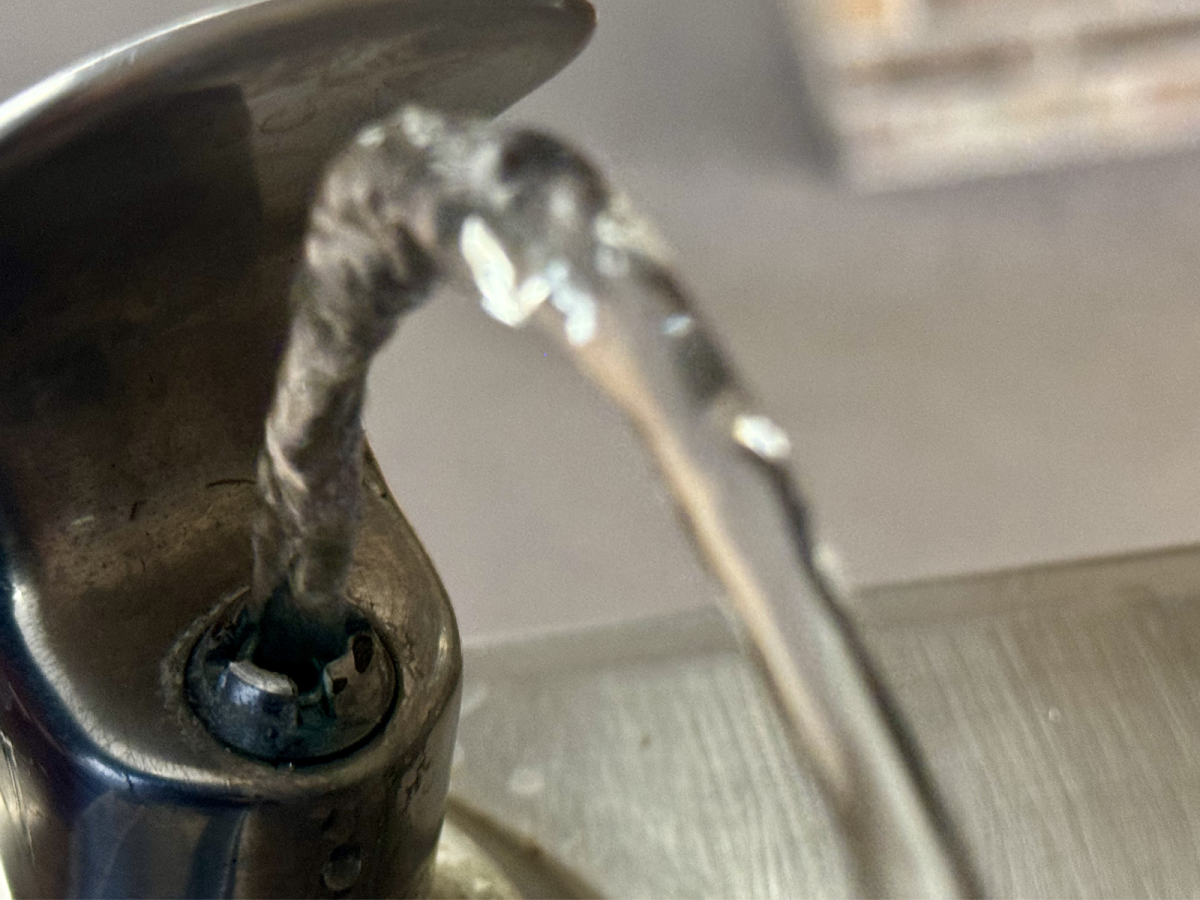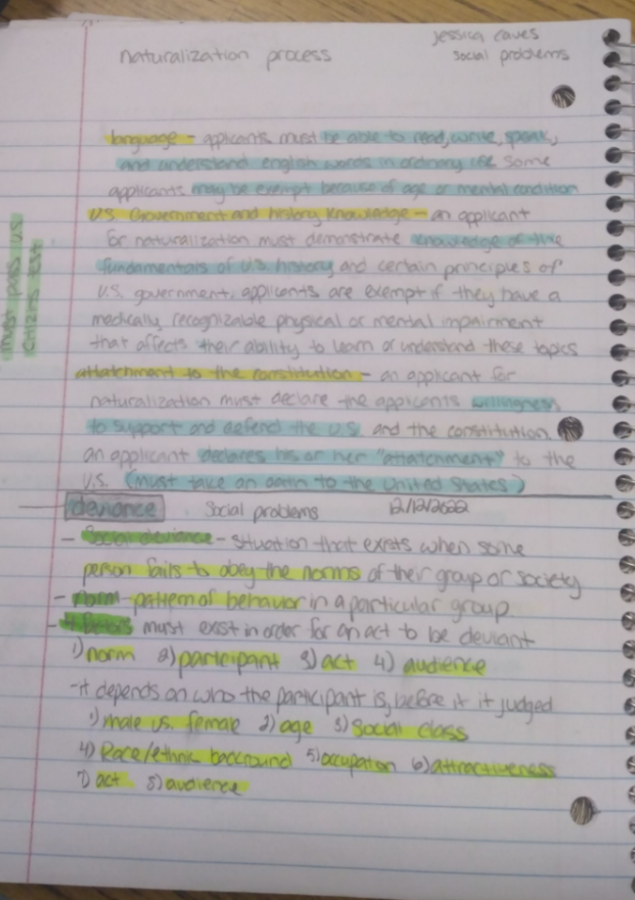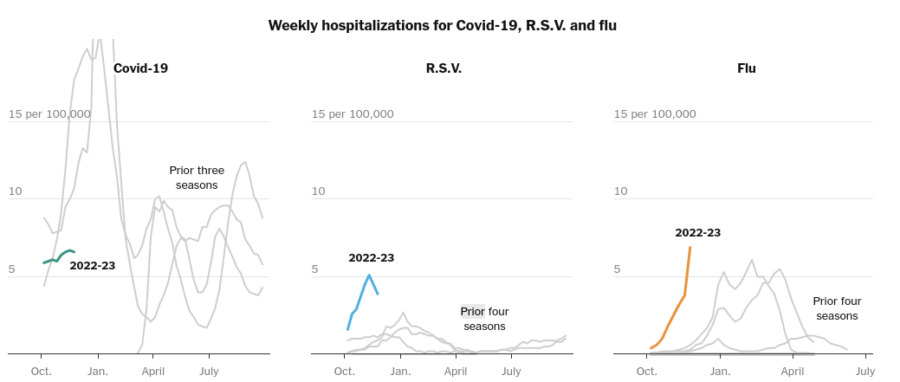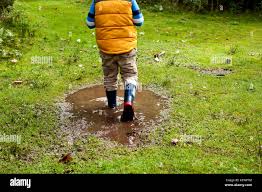Oceans Rising
January 18, 2023
What would the earth look like if the oceans were 10 feet higher? How many people would be affected? The oceans are rising due to global warming and carbon emissions. With the current amount of carbon in the atmosphere, studies now show that it is impossible to stop the oceans from rising. The sea level is rising and things are about to get wet.
Water rising
The sea level is rising exponentially and there is no way of stopping the rise.
According to the National Oceanic and Atmospheric Administration (NOAA) the sea level has only risen about 8-9 inches since it had started being recorded in 1880. This rise is only the start of an exponential increase. The rate at which the sea level rises will escalate. According to the NOAA models project by 2100 the average sea level rise will be over 7 feet and by 2150 the average sea level rise will be over 13 feet. The effects of such an increase in the sea level could be cataclysmic.
Why is the water rising?
There are three main factors that cause the sea level rise. The first factor is the melting of the ice sheets. According to NASA “the ice sheets of Greenland and Antarctica store about two-thirds of all the fresh water on Earth. They are losing ice due to the ongoing warming of Earth’s surface and ocean. Meltwater coming from these ice sheets is responsible for about one-third of the global average rise in sea level since 1993.” The meltwater from the ice sheets can not be put back, so the water put into the oceans due to the melting of the ice sheets is irreversible.
The next cause is the expansion of water as it is heated. Most matter when heated expands, it may seem like it would not be a sizable factor but when the massive amount of all of the water on earth is heated even by a few degrees creates a noticeable increase. Nasa says that “ Ninety percent of global warming is occurring in the ocean, causing the water’s internal heat to increase since modern recordkeeping began in 1955.” Water is a great insulator so it does a good job of holding heat. With current global warming not much difference is noticed because a majority of the heat is kept in the oceans.
Third, fresh water is moving from land to sea. The NOAA explains “A contributor to sea level rise is a decline in the amount of liquid water on land—aquifers, lakes and reservoirs, rivers, soil moisture. This shift of liquid water from land to ocean is largely due to groundwater pumping.” Most of the reasons for the sea level rise are all because of global warming caused by human activities.
Why does it matter
There are many negative effects of sea level rise. Almost 30 percent of the population lives in relatively high population coastal areas, where sea level plays a role in flooding, shoreline erosion, and hazards from storms. According to the NOAA, High-tide flooding is now 300% to more than 900% more frequent than it was 50 years ago. Flooding is immensely expensive, it causes tremendous amounts of damage and is also dangerous. The NOAA says “Higher background water levels mean that deadly and destructive storm surges… [for example] Hurricane Katrina Superstorm Sandy, and Hurricane Michael—push farther inland than they once did.” This means that the rise in sea level is making it unsafe for people in many areas.
There is nothing that we can do to stop the sea level rise but we can stop accelerating it by lowering carbon emissions. The more global warming, the more the sea level will rise. Converting to greener energy has been slow and there is not much hope for net zero emissions soon enough. So, get prepared because things are about to get wet.
















